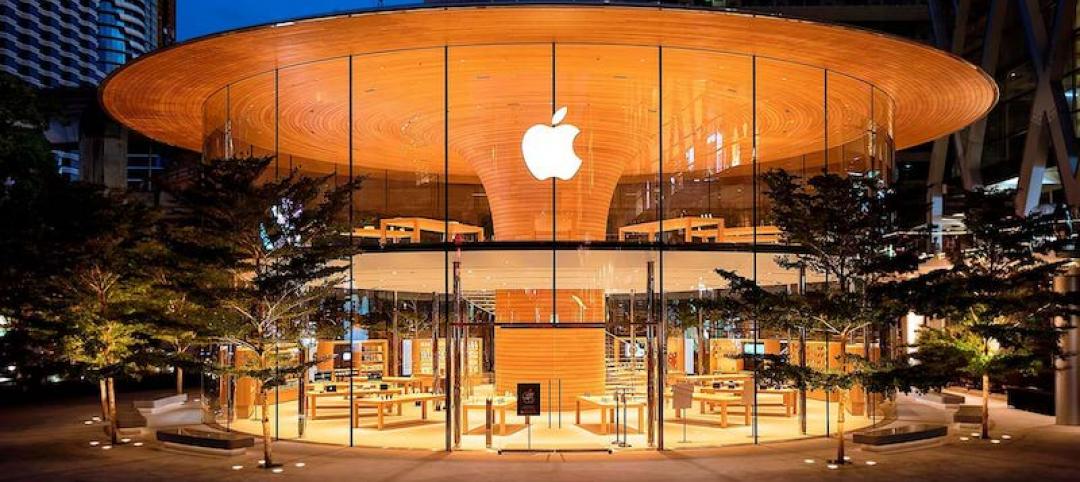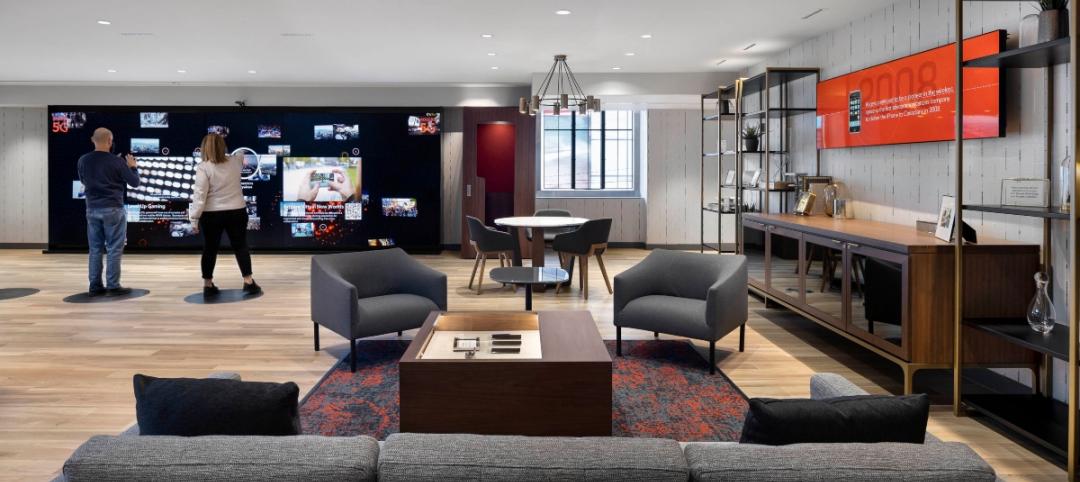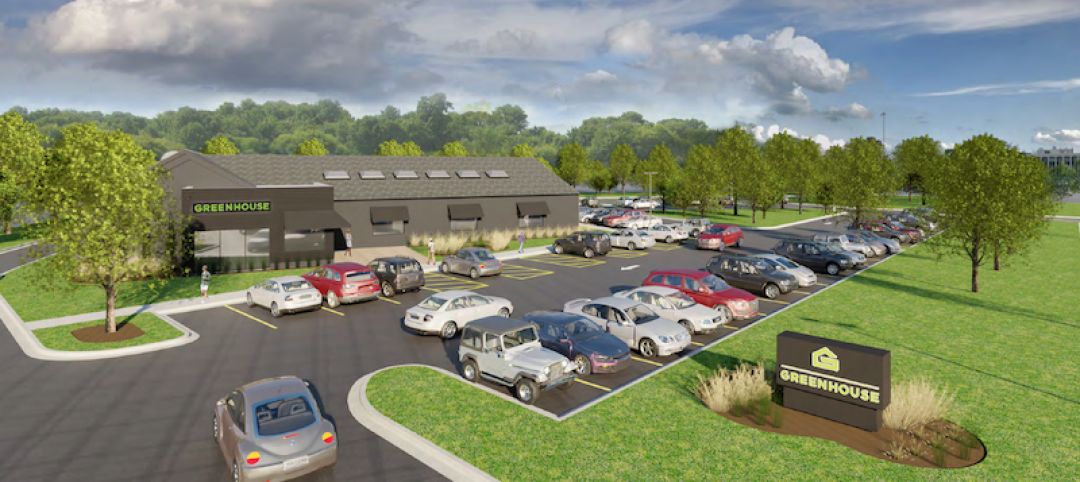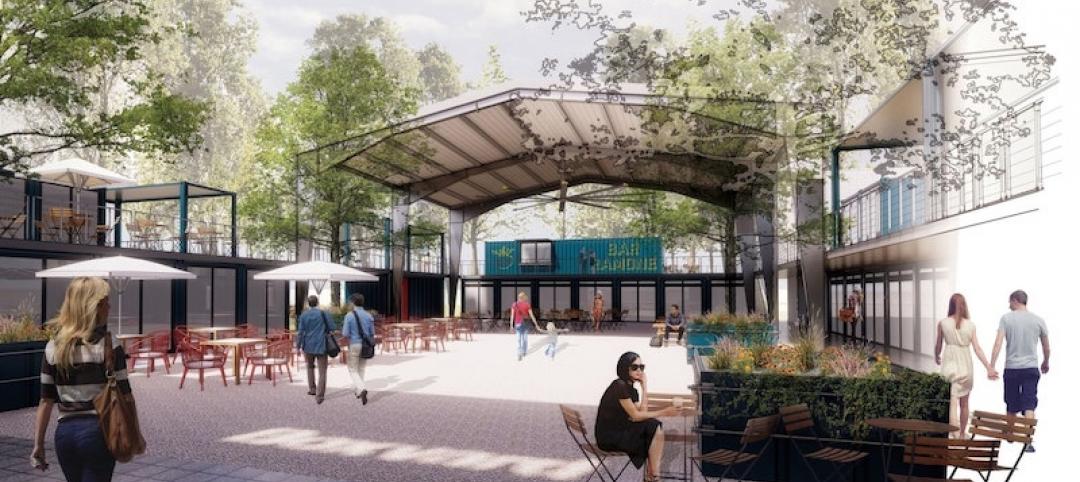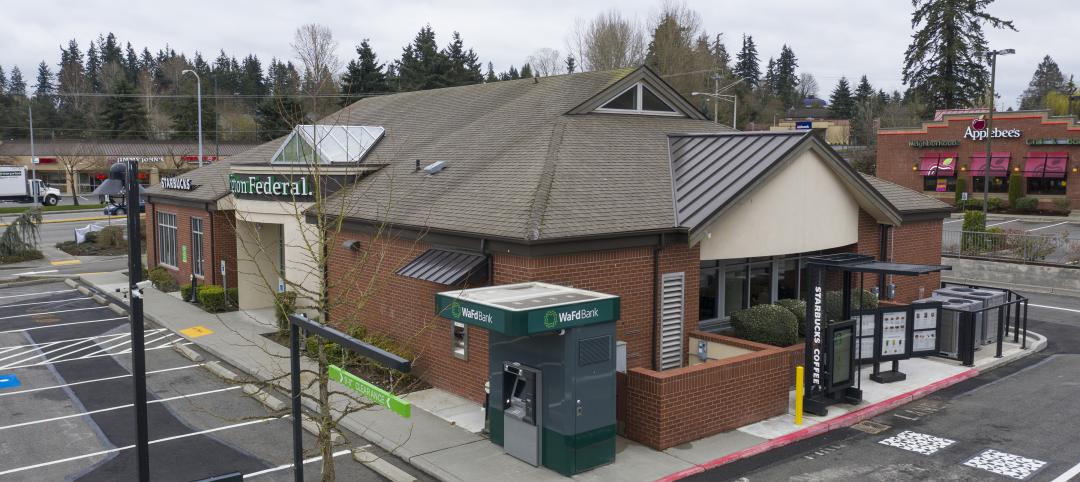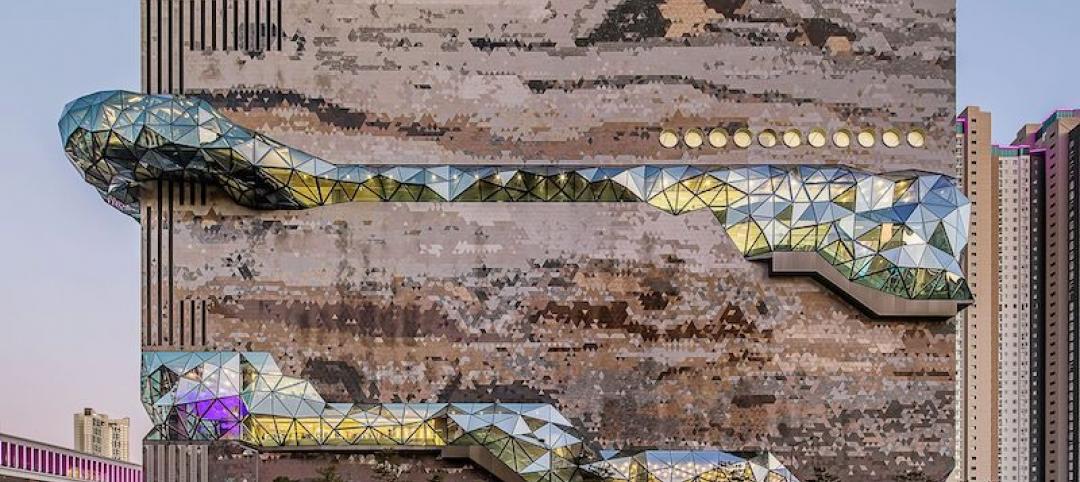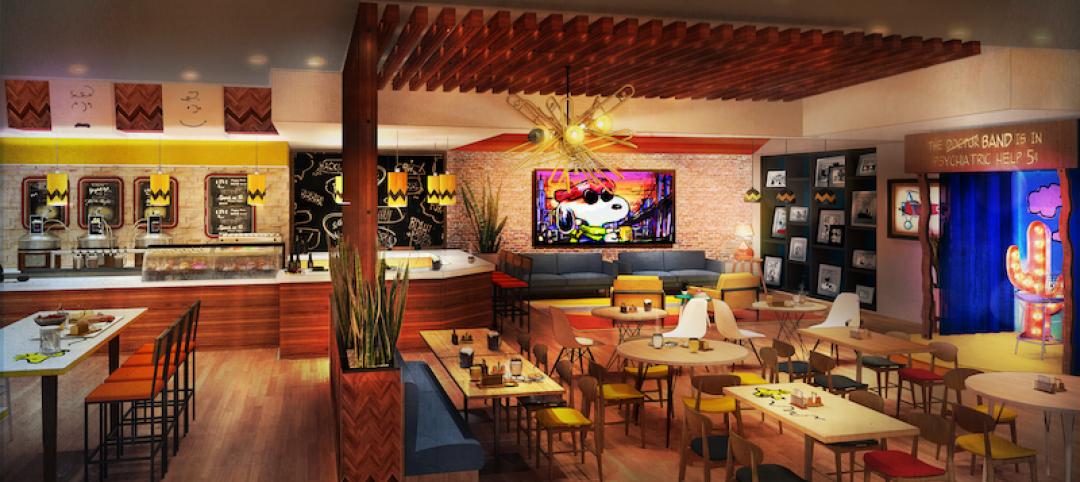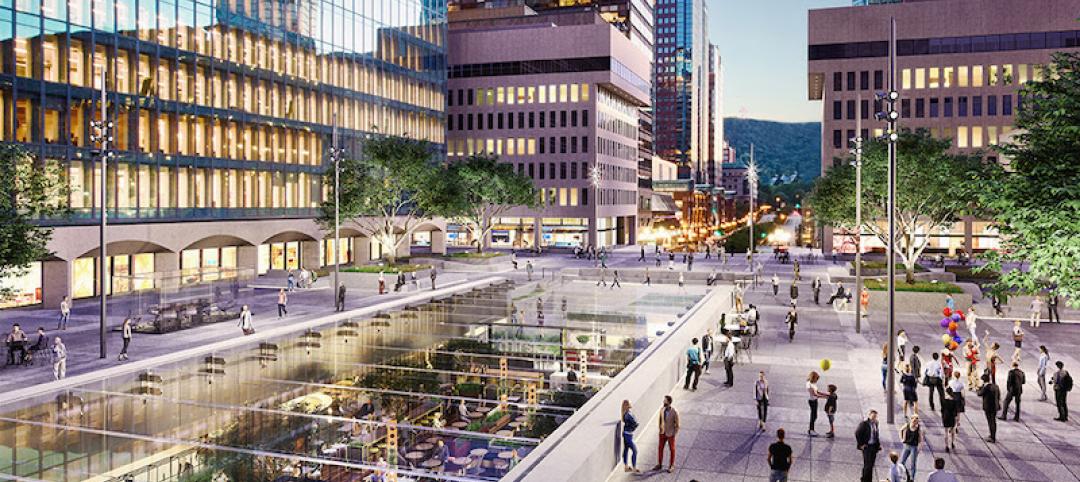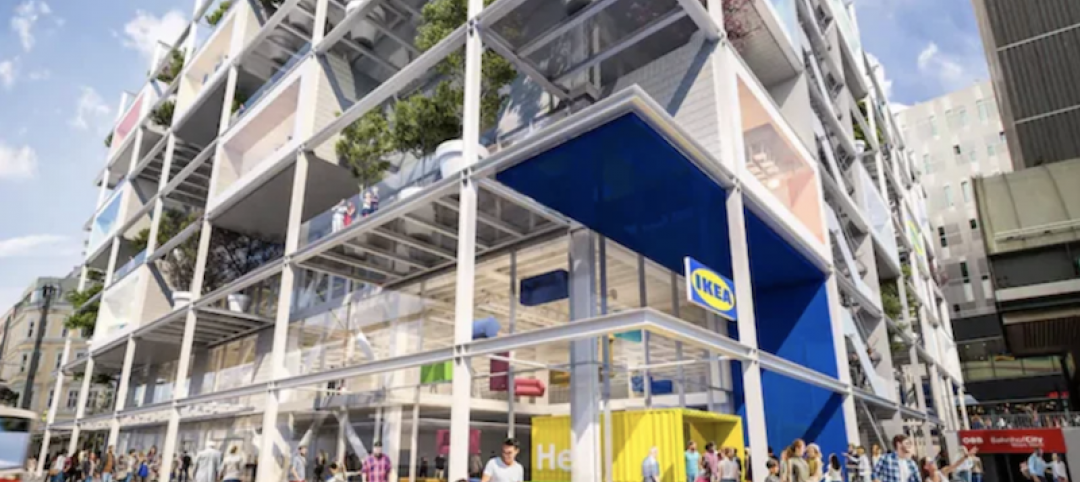E-commerce and mobile technology have drastically altered retail customers’ expectations on service and convenience. In January, Amazon opened its new concept store, Amazon Go. Customers simply grab items off of the shelves and walk out of the 1,800-sf store. Checkout and payment are handled automatically via the Amazon app on their smartphones. No lines. No cash registers. It’s the ultimate in brick-and-mortar shopping convenience.
“Change is the new norm,” says Justin Hill, AIA, LEED AP, Principal with MG2. “Retailers are looking for a silver bullet, knowing that there isn’t one, but that the search is important.”
The collapse of big chains like Toys"R"Us and tough going for stalwarts like Sears and JC Penney is often explained away as competition from Internet retailers. That’s an oversimplification, says Elaine Kleinschmidt, EVP of Strategy and Experience Design with WD Partners. “A lot of the problems stem from debt and bad real estate deals,” she says, noting that digital sales account for just 9-10% of overall retail sales. That leaves the lion’s share for physical locations.
See also: Top 130 Retail Architecture + AE Firms - 2018 Giants 300 rankings
See also: Top 65 Retail Engineering + EA Firms - 2018 Giants 300 rankings
See also: Top 90 Retail Construction + CM Firms - 2018 Giants 300 rankings
Still, a major shakeout is to be expected. “We’re overpopulated in retail square footage,” Kleinschmidt says. “The U.S. has quadruple the amount of retail space as other developed countries.” The number of malls nationwide has declined from about 1,100 to 825, 275 of which are in jeopardy, she notes.
Look for closed department stores to be repurposed into healthcare centers, fitness clubs, and even charter schools. E-tailers such as Wayfair, which is planning to open its first brick-and-mortar location in Boston this year, are testing the physical store option.
Retail brands must understand the changing behaviors of consumers as they adopt new technology and new physical store strategies. “Insights have to fuel the design process,” says Kleinschmidt. Among the avenues for improving the customer experience are better in-store and online technology, remodeling interior of stores, and opening smaller-format stores that cost less to own and operate.
“Retailers have so many options to invest in,” says Stephen Jay, Managing Director at Big Red Rooster, a JLL company. "Where to start?”
Clients shouldn’t let the latest technology or design trend lead them to overlook quality of service, Jay says. “The last moments of a shopping experience are where value is created or destroyed,” he says. Making it easy for customers to find what they are looking for, along with efficient checkout, boosts brand loyalty and can lead to greater sales. “If you save customers time, they are more likely to buy something for themselves or explore something new,” says Jay.
Amazon Go aces the convenience test. The store is rooted in convenience and efficiency. The compact layout and minimalist signage make items easy to find. The checkout process couldn’t be simpler. That's critical. “Amazon doesn’t want customers to have to learn new behaviors,” says Myra Vaughn, AIA, LEED AP, Principal with MG2.
Thousands of sensors embedded in the ceiling track customers' movements and the items they take off the shelves. Tracking which items are examined and put back on the shelf, for example, could give retailers insight into pricing, ingredients, and features customers are responding to.
Smaller-format stores address the efficiency issue, too, as customers can find items on their list more quickly than in big-box stores. Target reportedly plans to open 130 small-format stores by 2019. About one-quarter of the new 26,000-sf formats will be devoted to groceries. The intent is to stimulate consumers to make more frequent trips than they would to the company’s larger big-box stores.
Scaled-down store formats will be a consistent trend, says Hill. Having more than one format to implement gives retailers flexibility to serve customers in multiple ways. When a brand has small-format and larger-format stores in the same area, it could provide customers with an added convenience. “They may not have your size at one location, but if it is available in a different store in your area, the item could be delivered to your door,” says Bill Wittrock, AIA, Associate Principal with RSP.
Small-format stores, in particular, are likely to have moveable light fixtures and displays on casters so that store managers can reconfigure spaces easily. “They don’t know what they might need a store to do in five years,” Hill says, so the space must be adaptable as the mix of goods changes according to consumer tastes and trends. For items like shoes and clothing, consumers want to touch and try on the product. Other items may be popular online, and there will be less need to stock them on site.
See Also: 'Home away from home' is hoteliers' newest theme
IKEA recently embraced the small-format option with sites located between major metro areas that primarily serve as pick-up locations for online purchases. One of these small-format stores located between Pittsburgh and Columbus, Ohio, which are about four hours apart. Customers can pick up bigger furniture items that they’ve purchased online. Soon they will be able to use an augmented reality app to visualize what the products will look like in their homes before ordering. The Swedish retailer has also experimented with pop-up stores for specific items.
A retail startup, Appear Here, has recently emerged as a sort of “Airbnb for the retail market,” says Vaughn. The service matches product vendors and retailers with temporary pop-up store space. One trendy skate-culture brand recently opened a shop in an unused former New York City subway restroom, she says. These innovative format options could create social media buzz, a key to attracting Millennials and Generation Z shoppers.
“There will be more emphasis on engagement with products,” notes Ryan Sommers, AIA, LEED AP, Associate with RSP. Test kitchens, such as those made popular by the foodie store Eataly, are one such example, he says.
Physical stores will change, says Kleinschmidt, but "brick and mortar is not going away.”
Related Stories
Retail Centers | Aug 12, 2020
Apple Central World welcomes first visitors in Bangkok
Foster + Partners designed the building.
Retail Centers | Jul 30, 2020
The future is a numbers game for retail and restaurants
Brick-and-mortar retailers, already gasping for air under pressure from ecommerce, were dealt a critical blow by the spread of the coronavirus that forced most stores and restaurants to close, or at best operate as carryout- or delivery-only providers.
Retail Centers | Jun 17, 2020
New cannabis dispensary under construction in Northbrook, Ill.
The project will be a national flagship location for Greenhouse.
Modular Building | May 22, 2020
‘Cargotecture’ is coming to North Carolina’s Research Triangle Park
Boxyard RTP, made from 38 shipping containers, will serve as a community gathering and social space.
Coronavirus | Apr 13, 2020
COVID-19 alert: City conducts a 'virtual building inspection' to allow Starbucks and bank to open
Bothell, Wash., issues a certificate of occupancy to developer after inspecting the property online.
Retail Centers | Mar 27, 2020
New South Korean retail building looks like a molting insect
OMA designed the project.
Retail Centers | Feb 28, 2020
Eat with the Peanuts Gang in this new experiential cafe concept
The McBride Company partnered with Peanuts Worldwide LLC to design the concept.
Retail Centers | Jan 30, 2020
An all-glass roof hovers above a refurbished shopping mall in Montreal
This $200 million project provided the installer, Seele, with some valuable lessons learned working with large panels in colder weather.
Retail Centers | Jan 21, 2020
New Vienna IKEA will include green façades and no parking
The building will include 160 newly planted trees.
Retail Centers | Dec 16, 2019
KFC opens urban prototype in the Bronx
FRCH NELSON designed the project.



